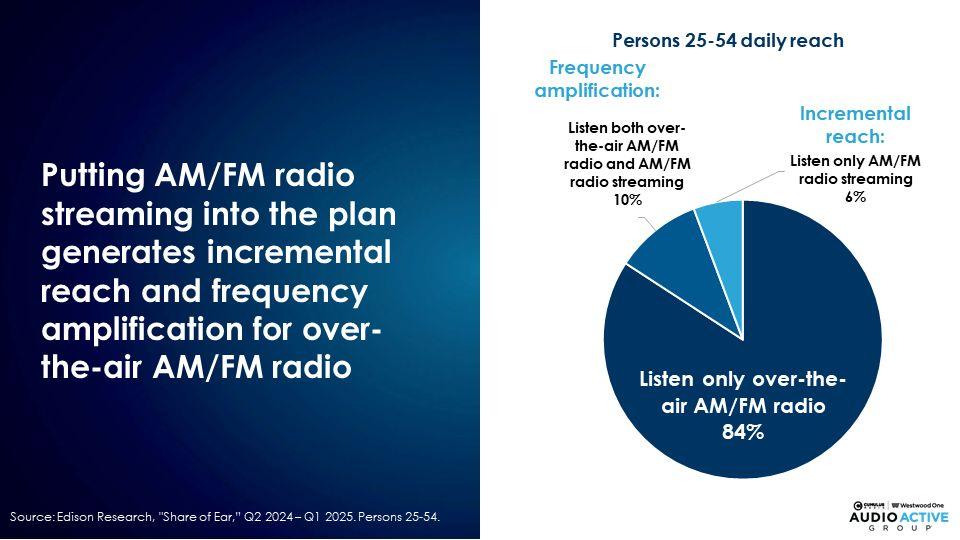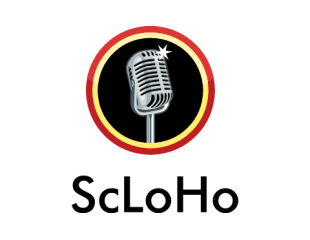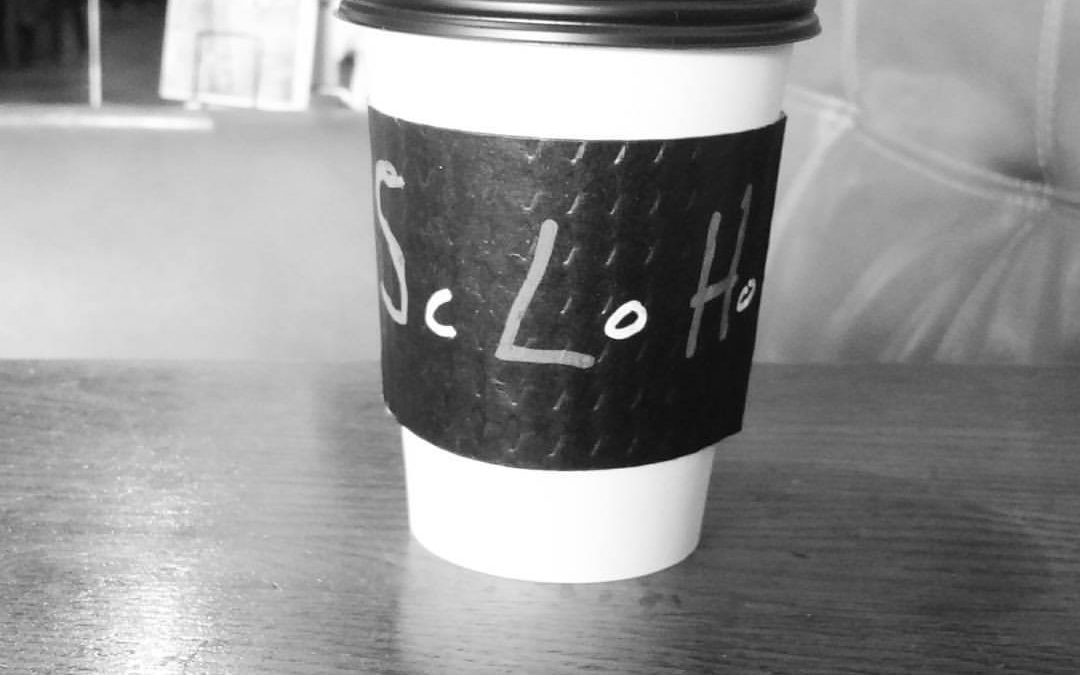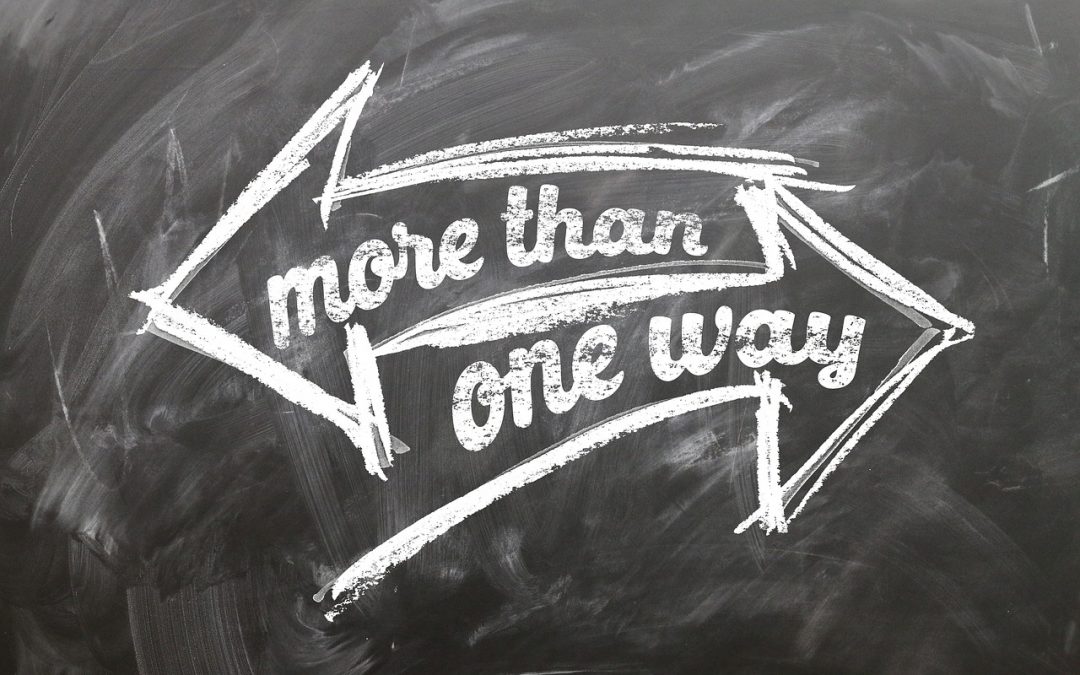
Nobody calls it Facial Tissue
“Can you pass me a facial tissue please?”
Says NOBODY.
We ask for a Kleenex.
However, just because we ask for a Kleenex and our friend hands us one or a whole box of them, odds are they are not really Kleenex. They could be Puffs brand or store brand facial tissues.
Kleenex is a brand like Puffs and yet it’s lost it’s distinction as a brand to the general public.
The point is Kleenex has become a standard substitute name for any kind of facial tissue. According to some data Kleenex branded facial tissue is only around 30%, meaning 7 out of 10 people are using some other brand, but most are still calling it Kleenex.
This article isn’t really about Kleenex however, it’s about the limited ability of consumers to identify certain things we use regularly. And because I’m a media guy, that’s where we are going with this.
I was talking recently about the different ways we consume media in 2025 with a friend and how the multiple options to get news, information and entertainment continues to expand. Generally that expansion is good, however not always.
Newspapers. These are the original mass media that allowed the same information to be distributed to the masses and all was good for a few hundred years. Many communities of all sizes had one or more newspapers that printed regularly. Daily was the favorite, some did weekly, but as long as they had the right combination of news articles and advertisements to be profitable, all was good. 100 years ago, in the 1920’s radio broadcasting began spreading as a mass media and in the 1950’s and 60’s broadcast television also grew. Broadcasting both competed and complimented newspapers. Businesses could advertise on all of them or some of them however in my lifetime all three co-existed for a long, long time.
Until the advent of the internet and personal computers in the 1990’s and then we started to see the decline of newspapers that has been a slow painful death of so many papers in the United States.
Television or TV. Adding pictures to audio and broadcasting to the masses used to be a simple business model. It was expensive and needed government regulation, but broadcast TV became the dominate mass media as consumers bought televisions and the family could watch together in the living room or family room. Some families had multiple TV’s. My dad worked for Magnavox in the 1960’s and 70’s which was a leading consumer electronics company and so we had two TV’s at my house when I was a teenager. There’s been a couple of disruptors. Cable TV was the first and Satellite TV; both brought in out of town signals and 100’s of viewing options besides watching live broadcast TV. VCR’s or Video Cassette Recorders became a home entertainment option that allowed viewers to time shift when they watched their favorite shows too. As improvements and advancements in technology and the internet have continued the relevance of broadcast TV is being challenged. I first noticed that my millennial kids had stopped watching any form of local broadcast TV when they became parents and the screens (both the big ones hanging on their walls and the personal ones on tablets, phones and laptops were not tuned in to ABC, CBS, Fox, NBC or PBS which were the channels they watched when they were kids.
The internet again was the big disruptor and the challenge for both Newspapers and broadcast TV was not just readers and viewers but also financial. Businesses buy advertising on these mediums and that revenue keeps the papers printing and your favorite shows on the air. Yes, you also pay for a newspaper and we’ve become accustom to a subscription service to watch stuff, but in most cases, you need the right combination of audience and advertisers to stay in business.
Many newspapers created a paywall and originally there was a lot of resistance because the common thinking was the internet is free. As younger generations have not experienced the free media that their parents and grandparents expected, we’re seeing a growing acceptance of paying for services online.
Radio. You may have noticed I skipped over the details of radio, and that’s because I want to really give it some focus and because I believe it’s deserving of some extra attention. Broadcast radio’s heyday was in the earlier days some would say. My primary radio station WOWO turned 100 on March 31st this year and it’s not the same radio station it was originally. I’ve only been around for the last 65 years of WOWO but let’s say the last 50 because my family wasn’t living in Fort Wayne when I was born and it wasn’t until my teenage years that I “caught the radio bug”, that led me to pursue working as a radio personality and disc jockey. Generally speaking the past 5 decades many radio stations have transitioned as technology transitioned. What I grew up listening to was music stations with d-j’s playing recorded music from vinal records.
Compact Discs replaced vinal records and were the first forms of digital music, but still required a physical disc to hold the recorded music. It was similar to records but different too. By the way, magnetic tape was the standard for recording before digital and we had special tape players at the radio stations we could load a song, a commercial, or a jingle on. In the consumer world, tape players were thought to be a threat to radio stations as cars had 8-track players and then cassette players which made listening to a record portable. Those tapes may have had a small impact on radio listenership but never became a complete substitute. Same thing with C.D.’s. My 2012 Mercedes has both a CD player and blue tooth options.
Radio listenership moved from the AM Band to FM Band in the late 70’s and 80’s as the sound quality of FM was superior to AM. Many AM radio stations audience size declined and locally WOWO-AM radio was finally beaten in the ratings by rival WMEE-FM during this time.. I was part of the WMEE-FM air staff that knocked WOWO off their throne around 1981 or 82.
What has saved the radio stations has been the programming changes that they’ve made over time too. Around 30 years ago, WOWO at 1190 AM transitioned to become a full time talk radio station. Many AM stations around the country dropped playing music full-time to move to some form of talk. The content of what these radio stations were playing as talk stations attracted an audience and kept many struggling AM stations alive.
When I say Talk radio, another industry term would be “Spoken Word” Whatever you call it, it’s listening to people talking instead of people singing as I explain to others. There are many variations of Talk radio including what we do at WOWO which is News Talk with some occasional sports broadcasts. I also represent a Sports Talk station. There are a bunch of religious talk stations and some Spanish language talk stations. Odds are if you listen to an AM radio station, it will feature talk.
Now what does any of this have to do with Kleenex and Facial Tissue? Hang on because here’s where I’ll tie it all together.
WOWO and other radio stations now have multiple ways for listeners to listen.
For WOWO, you can listen on 1190AM. We also added a full power FM signal that broadcasts most everything on WOWO AM. That’s 92.3FM which legally is WFWI. 107.5FM is a Low-Power legally known as W298BJ; and if you have an HD radio 97.3 HD-2 FM which is WMEE-HD2 also is WOWO.
All of the above are broadcast signals that carry WOWO. The internet has given us multiple other ways to listen to WOWO via what we call streaming. Some of you have a smart speaker named Alexa. You can ask Alexa to play WOWO radio. I use Google in my home office for my smart speaker and if I say, “Hey Google, Play WOWO radio” I get WOWO. You can go to the WOWO.com website and listen to the WOWO stream on your computer, phone or tablet.
There are plenty of apps that you can load to your device or smart TV that also carry the WOWO programming.
WOWO is more than a set of call letters, WOWO is a brand and for the past 30 years, that brand has been conservative news talk radio. While we carry some national shows we also have local content including our Fort Wayne Morning News, 20 hours a week, and local news 13 hours a day, plus our regional afternoon host for 15 hours a week.
Unlike Kleenex, WOWO is unique. You can not find a substitute way of listening to our content. Facial Tissue on the other hand, is not unique and if you have to blow your nose or need something to sneeze into, nearly any brand will do.
While I get data about all the local radio stations from a couple different rating and research companies, some of it you have to step back and think like a real person. A client of mine and I were talking a few days ago and he told me that no one has ever told him they listen to “WOWO’s stream”. That’s not surprising because a real person listening to the WOWO brand doesn’t put much thought into the technology that they are using to listen. Next to nobody except industry insiders would even know what the WOWO stream is. it’s just WOWO. I’ve already listed all the ways a listener can listen to WOWO and that’s all that matters. If the question “Do you ever listen to WOWO with your Alexa?” was asked, I’m sure some people would say yes.

Many of us listen multiple ways. A national study shows that advertisers are probably missing a portion of radio station listeners if their ads are not also played on that stations stream. The numbers I have specifically for WOWO from a couple years ago showed that at least 30% of WOWO listeners were listening to the WOWO stream. I don’t know if that is in addition to listening to WOWO on AM/FM or if they listen to the WOWO stream exclusive but it’s grown to a significant portion of our listenership that in most radio campaigns, I included streaming.
One last piece to what makes WOWO successful is that along with fantastic programming content that attracts thousands of local listeners every week, WOWO’s advertising sales team is top notch too. Unless Federated Media, our parent company had the financial income to support the continued program content and expenses to operate, WOWO would have died years ago. The only way Federated Media earns money is by selling advertising that connects our listeners to businesses and organizations. We’re doing that in such a way that is profitable for those businesses to continue while we provide connections to trustworthy advertisers to our listeners. I used to lead that sales team and then a couple years ago stepped away from management to return to being a member of the sales team that can help you directly.




